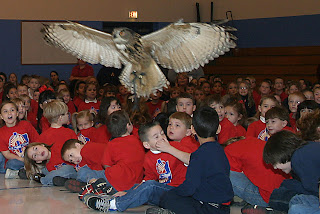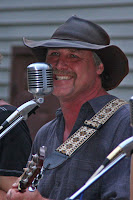I’ve previously written about enrichment, and thought we could explore this fascinating subject further.
One of the biggest things when doing enrichment is to take the animal’s natural history into account. What would that animal do in its natural environment to find shelter, food, escape predators, find water for drinking or bathing, or just general care of oneself?
For example, with our straw colored fruit bats, they have many of the basics but we switch up their enclosure to include enrichment. To begin with, they have a pen enclosed in wire so they can climb on all six sides (which they can speedily traverse.) They also have a couple of towels (which simulate leaf fronds) under which to shelter from “predators” and “light”, and from the diurnal birds that live in the same building with them. The towels are moved to different locations, at different heights and are hung over different textures of grapevine, branches, sisal and chain. This encourages exploring behaviors.
The food is cut up and placed in a cup, but not always. Whole pieces of fruit are “shish kebobed” and hung randomly about and from variable items. They also ‘work’ for their food. They are hand fed treats for training sessions. They are learning basic behaviors and some husbandry behaviors (so they can help us in their care.)
Bats are crepuscular to nocturnal which means they are active not only around sunrise and sunset, but even at night. When a bat is out foraging (or looking) for food, other animals are also looking for food. What other nocturnal animals are carnivores (meat eating) that might fly to catch their prey? At the Sanctuary we have a lot… Owls! Lucky for the bats, they have several ‘leaf fronds’ (in which they seem to be constantly surrounded) to hide under in case of approaching predators.
The bats are some of the most active animals we have. However, their activity begins as keepers do final checks on the birds. We turn off half the lights. Even before those lights are turned off, the bats are climbing all over the sides and ceiling of their enclosure with flights to their food and back. Watching them fly gives goose bumps. It is something special to observe, especially after working around birds all day.
Bats have many adaptations for the places in which they live. Straw colored fruit bats eat plants, including fruit. In their natural habitat, they would find ripe fruits by listening to the advice of Toucan Sam: follow your nose. With an excellent sense of smell, food can be hidden in their enclosure but also novel smells can be added in random places to encourage continuous exploration of their surroundings. When the bats make appearances at programs, kids notice their big ears, asking questions on echolocation. This type of bat has no need to echolocate since they are not following insect prey. However, Little Red Riding Hood learned big ears were ‘all the better to hear you with’, including predators that might sneak up on an unsuspecting bat resting during the day. Finally, observe the eyes on these bats. Being fairly large, they take in much more light when in low light situations than diurnal animals.
Submitted by World Bird Sanctuary Naturalist/Keeper, Christina Lavallee








































.jpg)



